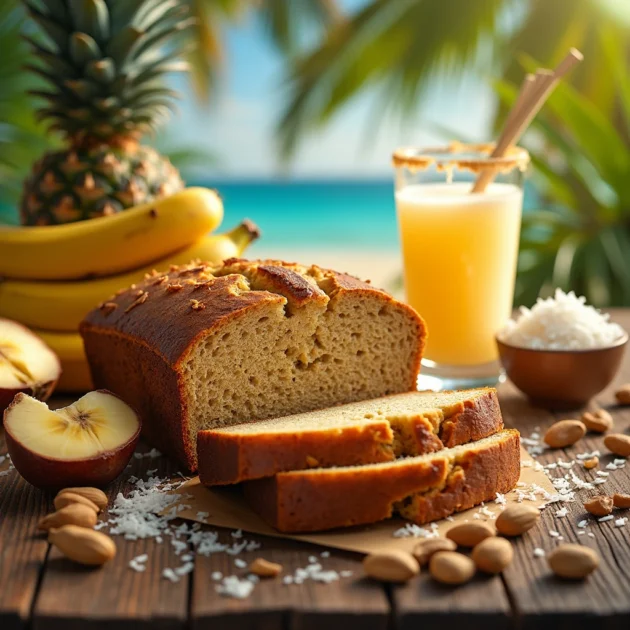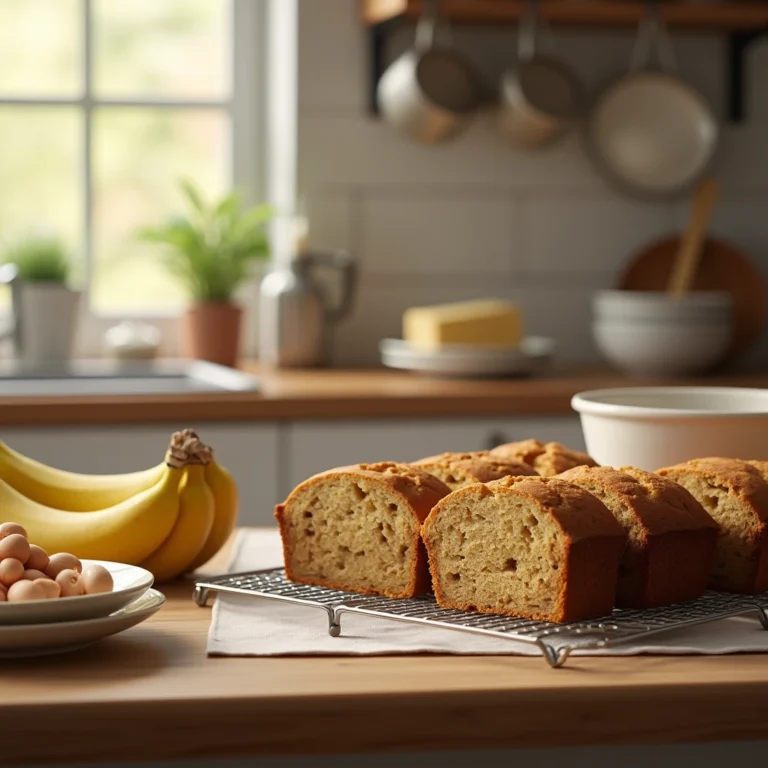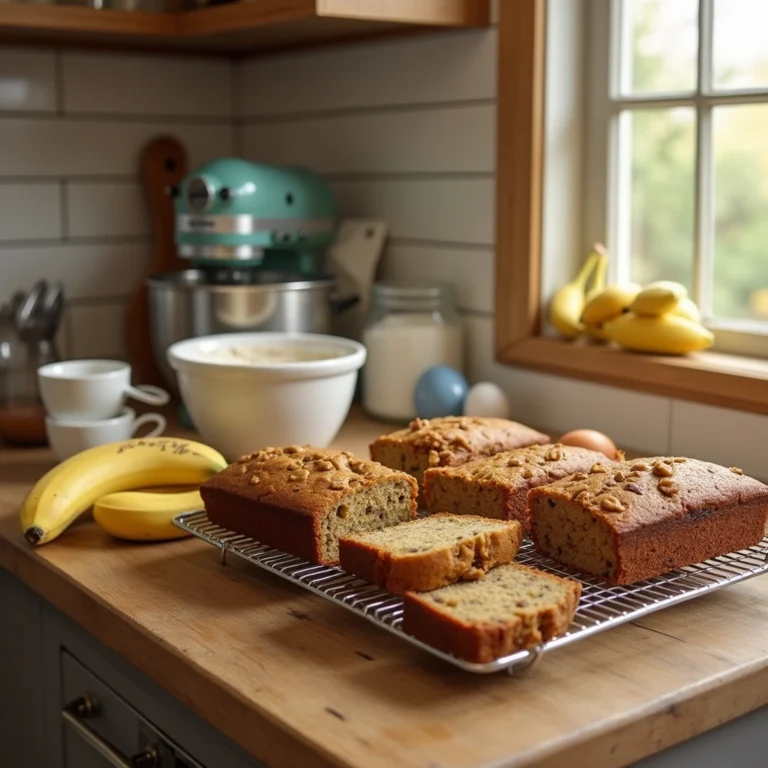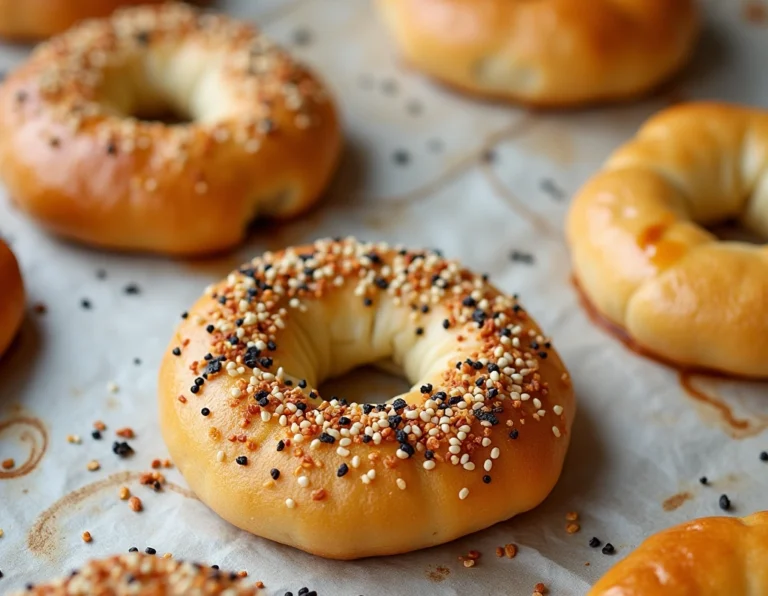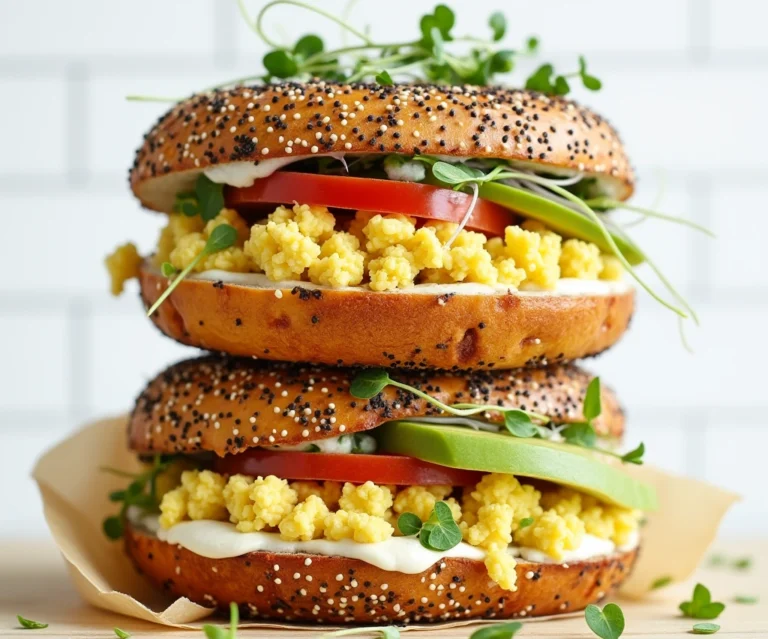How to make the Best Banana Bread from Hawaii: A Must-Try recipe
Learn to bake a moist Banana Bread from Hawaii with macadamia nuts, coconut & pineapple. Step-by-step recipe, tips & FAQs included. You’ll learn how to make the best version, with pro tips. Contents hide 1 Introduction to Banana Bread from Hawaii 2 Ingredients in Banana Bread from Hawaii 2.1 Core Ingredients 2.2 Hawaiian Twist: Tropical…
Learn to bake a moist Banana Bread from Hawaii with macadamia nuts, coconut & pineapple. Step-by-step recipe, tips & FAQs included.
You’ll learn how to make the best version, with pro tips.
Introduction to Banana Bread from Hawaii
Hawaiian banana bread is more than just a delicious treat—it’s also a symbol of island culture and warm hospitality. With its moist texture, rich flavor, and unique tropical ingredients, banana bread from Hawaii has become a beloved favorite for both locals and visitors. Whether you’re enjoying it for breakfast, as a midday snack, or taking it home as a gift, each bite captures the true spirit of the islands.
Looking back at its roots, the origins of banana bread in Hawaii are closely tied to the land’s agriculture and local traditions. Bananas, which grow abundantly across the islands, naturally found their way into home baking. At first, early recipes likely began as a clever way to use up overripe bananas—something home bakers around the world can relate to. However, the Hawaiian version soon stood out, thanks to the use of local ingredients and cultural touches that make it uniquely special.
To take it up a notch, we’ll show you how to recreate this tropical loaf at home, and even how to experiment with variations like a chocolate chip banana bread variation.
Ingredients in Banana Bread from Hawaii
Hawaiian banana bread is celebrated for its tropical flavors and high-quality, locally sourced ingredients. While the core components are similar to traditional banana bread recipes, Hawaiian variations stand out with unique additions that reflect the island’s culinary culture.
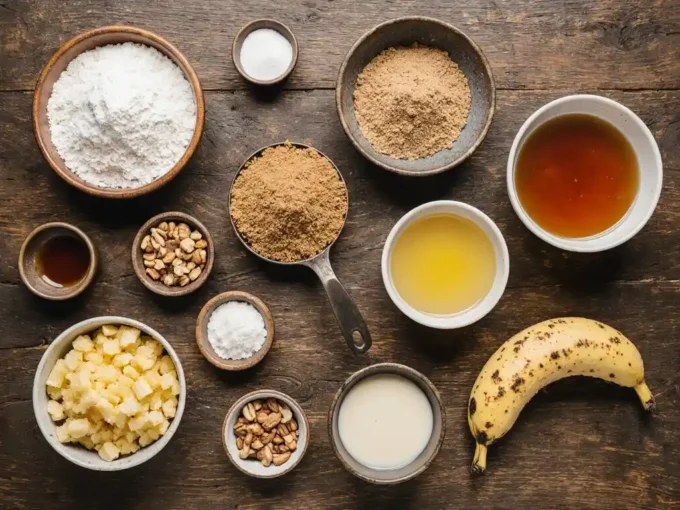
Core Ingredients
- Ripe Hawaiian Bananas
– Locally grown bananas are the star of the show. Varieties such as the sweet and flavorful Apple Banana are commonly used, providing a naturally rich and fruity flavor that distinguishes Hawaiian banana bread from others. - Flour
– All-purpose flour is the base, though some bakers opt for whole wheat or gluten-free alternatives for a healthier twist. - Sugar
– White sugar is common, but many Hawaiian recipes include brown sugar or raw cane sugar for a deeper, caramel-like sweetness. - Eggs
– Eggs act as a binding agent, giving the bread structure and moisture. - Butter or Oil
– Melted butter or neutral oils like coconut oil enhance the bread’s moist texture and flavor. - Baking Powder and Baking Soda
– These leavening agents are essential for creating a soft and fluffy bread. - Salt
– A pinch of salt balances the sweetness and enhances the overall flavor.
Hawaiian Twist: Tropical Additions
- Macadamia Nuts
– These buttery, crunchy nuts are a signature addition, offering texture and a rich, nutty flavor. - Coconut
– Shredded coconut or coconut milk adds a tropical flair, making the bread more indulgent. - Pineapple
– Crushed pineapple or pineapple chunks infuse the bread with sweetness and a slight tang, complementing the bananas. - Vanilla and Cinnamon
– These flavorings are often included to enhance the aromatic profile of the bread. - Local Honey
– Some recipes use Hawaiian honey as a natural sweetener, adding depth to the flavor.
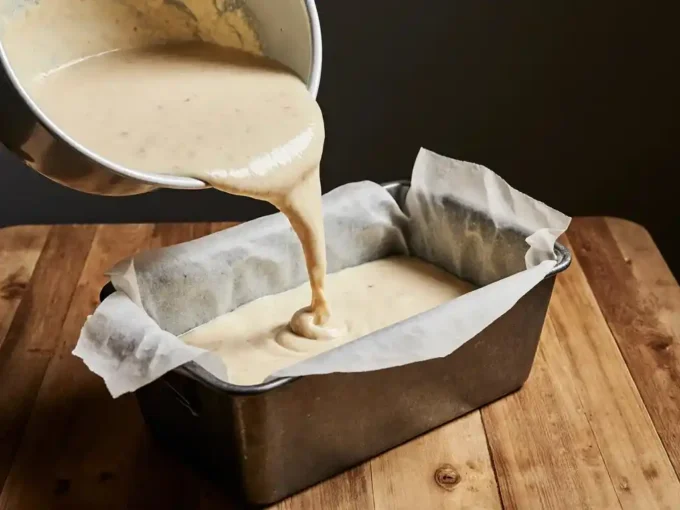
Optional Add-Ins for Variety
- Chocolate Chips: For a sweeter, dessert-like banana bread.
- Mango or Papaya: Fresh tropical fruits for a unique variation.
- Spices: Nutmeg or ginger for added warmth.
- Lilikoi (Passion Fruit): A drizzle of lilikoi syrup for a tangy twist.
By combining these ingredients, Hawaiian banana bread achieves a balance of sweetness, moisture, and a tropical essence that makes it truly unique. Whether baked at home or enjoyed from a local bakery, the ingredients in Hawaiian banana bread reflect the island’s natural abundance and cultural creativity.
Classic Banana Bread from Hawaii Recipe (Step-by-Step)
Traditional Banana Bread from Hawaii is a cherished treat, deeply rooted in island culture and family traditions. Known for its rich flavors and tropical ingredients, these recipes are often passed down through generations, carrying a sense of nostalgia and connection to the Hawaiian way of life. Below are two classic recipes that highlight the essence of traditional Hawaiian banana bread.
Ingredients:
- 3 ripe Hawaiian bananas (such as Apple Bananas), mashed
- 1 ¾ cups all-purpose flour
- 1 ½ teaspoons baking powder
- 1 teaspoon baking soda
- ½ teaspoon salt
- ½ cup unsalted butter, melted
- ¾ cup brown sugar
- 2 large eggs
- 1 teaspoon vanilla extract
- ½ cup shredded coconut (optional)
Instructions:
- Preheat Oven: Set the oven to 350°F (175°C) and grease a 9×5-inch loaf pan.
- Mix Dry Ingredients: In a bowl, whisk together flour, baking powder, baking soda, and salt.
- Combine Wet Ingredients: In a separate bowl, cream the melted butter and brown sugar. Add eggs, one at a time, then mix in mashed bananas and vanilla extract.
- Incorporate Ingredients: Gradually add the dry ingredients to the wet mixture. Stir until just combined; avoid overmixing.
- Add Coconut (Optional): Fold in shredded coconut for a tropical twist.
- Bake: Pour the batter into the prepared loaf pan. Bake for 55–65 minutes, or until a toothpick inserted in the center comes out clean.
- Cool and Serve: Let the bread cool in the pan for 10 minutes before transferring it to a wire rack. Slice and enjoy warm or at room temperature.
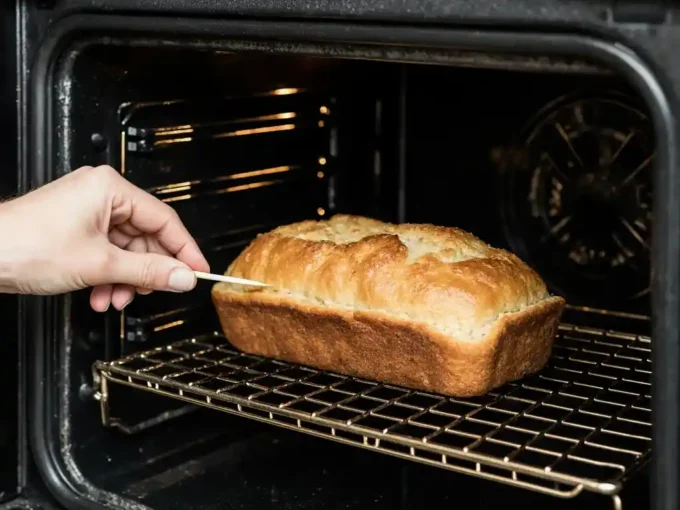
Ultra-moist banana bread with bakery-style texture
Pineapple and Macadamia Nut Banana Bread
This variation incorporates signature Hawaiian flavors, making it a favorite among locals and visitors alike. You might also like banana bread French toast ideas
Ingredients:
- 2 ripe Hawaiian bananas, mashed
- 1 ½ cups all-purpose flour
- ½ cup crushed pineapple, drained
- ½ cup macadamia nuts, chopped
- 1 teaspoon baking soda
- ½ teaspoon salt
- ½ cup coconut oil or unsalted butter, melted
- ½ cup granulated sugar
- 2 large eggs
- 1 teaspoon vanilla extract
- ½ teaspoon cinnamon (optional)
Instructions:
- Preheat Oven: Heat the oven to 350°F (175°C) and grease or line a loaf pan with parchment paper.
- Prepare Dry Ingredients: In a mixing bowl, whisk together flour, baking soda, salt, and cinnamon.
- Blend Wet Ingredients: In another bowl, mix the coconut oil (or butter) with sugar. Add eggs, one at a time, then stir in mashed bananas, vanilla, and pineapple.
- Combine Mixtures: Slowly add the dry ingredients to the wet mixture. Stir until just blended. Fold in the macadamia nuts.
- Bake: Pour the batter into the loaf pan. Bake for 50–60 minutes, or until a toothpick inserted in the center comes out clean.
- Cool and Enjoy: Allow the bread to cool for at least 10 minutes before removing it from the pan. Slice and serve.
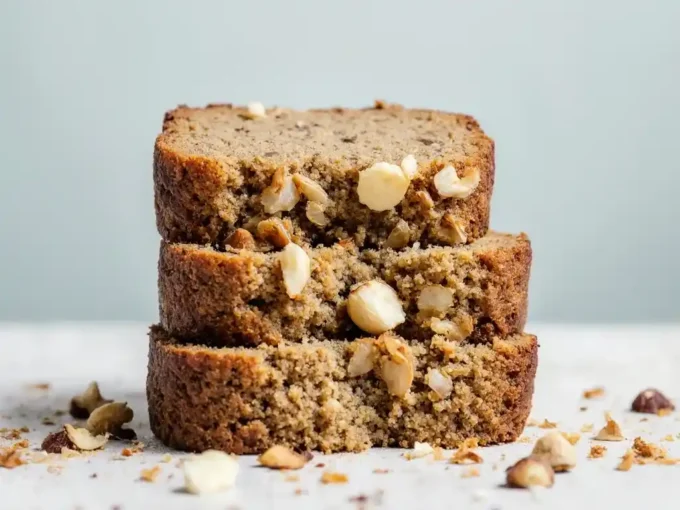
Tips for Traditional Banana Bread from Hawaii
- Use Overripe Bananas: The riper the bananas, the sweeter and more flavorful the bread.
- Don’t Overmix: Stir just until the ingredients are combined to avoid dense bread.
- Experiment with Add-Ins: Coconut flakes, mango chunks, or a drizzle of lilikoi (passion fruit) glaze can elevate traditional recipes.
These traditional recipes celebrate the spirit of Hawaii, combining simple techniques with tropical flavors. Whether shared at a family gathering or enjoyed as a personal treat, Hawaiian banana bread remains a delicious symbol of the islands.
Health Benefits of Banana Bread from Hawaii
Banana Bread from Hawaii isn’t just a delicious treat; it also offers several health benefits when prepared with wholesome, high-quality ingredients. By leveraging the natural goodness of bananas and tropical elements like macadamia nuts and coconut, Hawaiian banana bread can be a nutritious addition to your diet when consumed in moderation.
1. Rich in Essential Nutrients
- Bananas: The key ingredient, bananas, are a rich source of potassium, vitamin C, and vitamin B6. Potassium supports heart health and muscle function, while vitamin B6 aids in energy production and brain health.
- Macadamia Nuts: Often included in Hawaiian banana bread, macadamia nuts provide healthy monounsaturated fats, which can improve cholesterol levels and promote heart health.
- Coconut: Shredded coconut or coconut oil adds dietary fiber and medium-chain triglycerides (MCTs), which may boost metabolism and provide a quick energy source.
2. A Source of Energy
Banana Bread from Hawaii is naturally carbohydrate-rich due to bananas and flour. This makes it an excellent energy source for active lifestyles, providing a quick and sustained release of energy.
3. Contains Dietary Fiber
The inclusion of bananas and optional add-ins like whole wheat flour, oats, or nuts increases the fiber content. Dietary fiber aids digestion, supports gut health, and promotes a feeling of fullness, which can help with weight management.
4. Antioxidant Properties
Ingredients like bananas and nuts are loaded with antioxidants. Bananas contain dopamine and vitamin C, which help combat oxidative stress. Macadamia nuts and honey (if used) add further antioxidant properties, which may support overall health and reduce inflammation.
5. Supports Heart Health
- Potassium: Found in bananas, potassium helps regulate blood pressure and reduce the risk of cardiovascular diseases.
- Healthy Fats: Macadamia nuts and coconut oil contribute heart-healthy fats, which are known to improve cholesterol levels and reduce the risk of heart disease.
6. Customizable Banana Bread from Hawaii for Healthier Options
Banana Bread from Hawaii recipes can be adapted to include healthier ingredient swaps, such as:
- Whole Wheat Flour: Boosts fiber and nutrients.
- Natural Sweeteners: Replacing refined sugar with honey or maple syrup reduces added sugar.
- Greek Yogurt or Applesauce: These can substitute for butter or oil to reduce fat content while maintaining moisture.
7. Gluten-Free and Vegan Alternatives
For those with dietary restrictions, Hawaiian banana bread can be made gluten-free by using almond or oat flour. Plant-based alternatives, such as flaxseed eggs and coconut milk, make it vegan-friendly, ensuring that a wider range of people can enjoy its benefits.
8. Packed with Natural Sweetness
The natural sweetness of ripe bananas means less added sugar is needed. When paired with pineapple or mango in some variations, these natural sugars provide a healthier alternative to refined sugar while adding more vitamins and minerals.
Health-Conscious Tips
- Portion Control: While Hawaiian banana bread can be nutritious, it’s calorie-dense. Enjoy in moderation as part of a balanced diet.
- Avoid Overly Processed Add-Ins: Opt for unsweetened coconut and raw nuts to keep the recipe wholesome.
- Include Additional Superfoods: Add chia seeds, flaxseeds, or a handful of blueberries for extra nutrients.
Hawaiian banana bread’s health benefits stem from its simple, natural ingredients, enriched by the addition of tropical flavors. When prepared mindfully, it can be both a tasty and nutritious part of your day, offering a slice of island indulgence with a wholesome touch.
Inventive ways to modernize banana bread 10 Inventive Banana Bread Recipes .
FAQs About Banana Bread from Hawaii
1. What makes Hawaiian banana bread unique?
Hawaiian banana bread stands out due to its use of locally grown bananas, such as Apple Bananas, which are smaller and sweeter than regular varieties. Additionally, it often incorporates tropical flavors like macadamia nuts, coconut, and pineapple, making it a unique and flavorful treat.
2. Where can I buy authentic Hawaiian banana bread?
Authentic Hawaiian banana bread can be found at local bakeries, farmers’ markets, and roadside stands, especially on islands like Maui and the Big Island. Popular spots include Aunt Sandy’s in Maui and the Hana Highway roadside stalls.
3. Can I make Hawaiian banana bread at home?
Yes, you can recreate Hawaiian banana bread at home using ripe bananas and tropical ingredients like shredded coconut, macadamia nuts, or pineapple. Traditional recipes are simple and adaptable, allowing you to add your favorite flavors.
4. Is Hawaiian banana bread healthy?
Hawaiian banana bread can be a nutritious option when made with wholesome ingredients. Bananas provide potassium and fiber, and add-ins like macadamia nuts and coconut offer healthy fats. For a healthier version, consider reducing sugar or using whole wheat flour.
5. How should I store Hawaiian banana bread?
To keep it fresh, store Hawaiian banana bread in an airtight container at room temperature for up to three days. For longer storage, wrap it tightly in plastic wrap or foil and refrigerate for up to a week, or freeze for up to three months.
6. Can Hawaiian banana bread be made gluten-free or vegan?
Yes, Hawaiian banana bread can be adapted to dietary needs. Use gluten-free flour for a gluten-free version or replace eggs with flaxseed eggs and butter with coconut oil for a vegan-friendly recipe. The flavor remains delicious and authentic.
7. What is the best way to enjoy Hawaiian banana bread?
Hawaiian banana bread is versatile and can be enjoyed warm or at room temperature. Pair it with coffee or tea, spread it with butter, or top it with tropical fruit preserves for a delightful snack or dessert.
8. Why is the Banana Bread from Hawaii a popular souvenir?
Hawaiian banana bread is a top choice for souvenirs because it embodies the flavors of the islands and is easy to pack for travel. Its rich taste and connection to local culture make it a memorable gift for friends and family.
9. What are common mistakes to avoid when making Hawaiian banana bread?
Avoid overmixing the batter, as this can lead to dense bread. Use overripe bananas for maximum sweetness and flavor, and ensure your baking soda or powder is fresh for proper rising.
10. Is Hawaiian banana bread sustainable?
Many Hawaiian banana bread producers focus on sustainability by using locally sourced ingredients, reducing food waste, and adopting eco-friendly packaging. Choosing locally made banana bread supports these efforts and helps preserve Hawaii’s environment.
Conclusion
Hawaiian banana bread is more than a tasty treat—it’s a reflection of the islands’ rich culture, natural abundance, and warm hospitality. Whether enjoyed fresh from a local bakery or made at home with tropical ingredients, it offers a slice of Hawaii’s unique flavors and traditions. From its sustainable production to its health benefits and versatility, Hawaiian banana bread remains a cherished staple that connects people to the essence of the islands. Indulge in this classic dish and experience a true taste of aloha!

